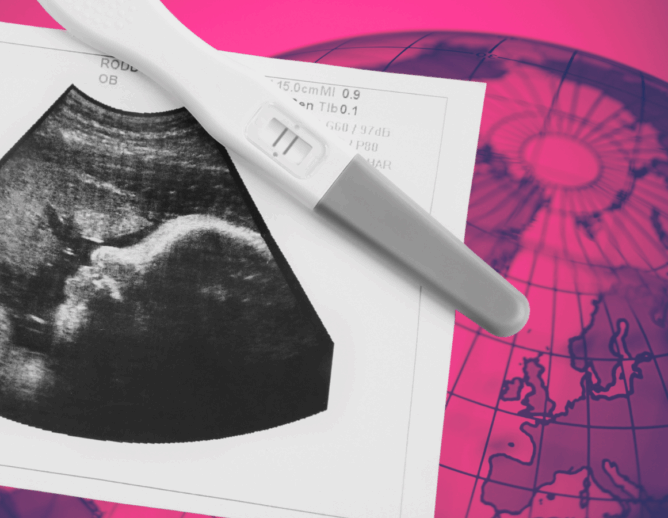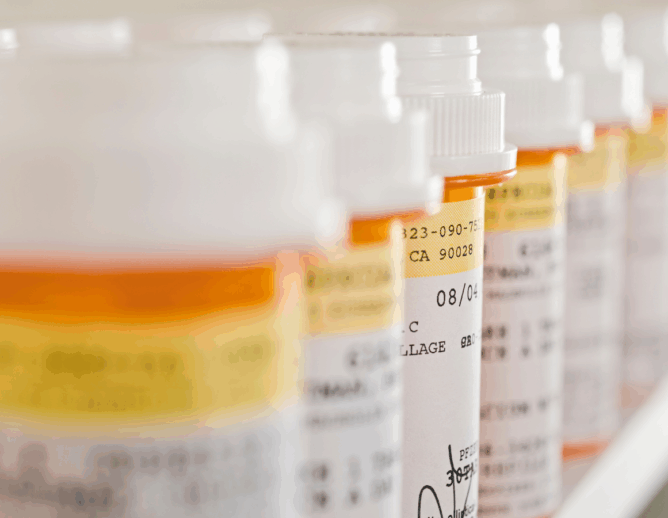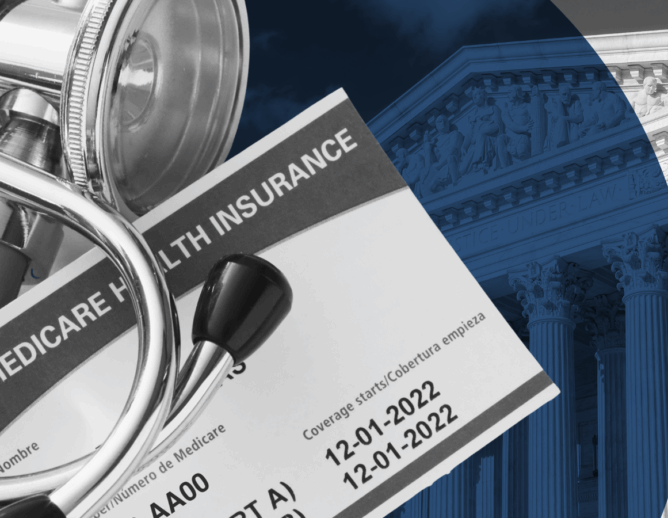“From 2005 to 2015 I was in and out of the system. Most of the time I was a client at the clinic getting methadone, but when I would get incarcerated they just didn’t offer it. It wasn’t available to anyone. I went cold turkey. I was at a high dose. Outside the walls, I experienced a lot of success when I addressed my mental health issues as well as my addiction, I took care of my family, I was good to myself. Whenever one of those things would lag behind the other, I would eventually go back to using, go to jail, go cold turkey, it was a cycle. I’m so thankful that nobody has to go through that anymore. A year and a half ago, there was nobody to stand next to someone while they were going through this. Now, we have medication in the jail and a peer program. I run a group. We talk about things like credit repair, banking, second chance housing, how to go through the process of re-ordering psych meds. My other job is coaching high school wrestling. I get to work with people on both sides, and maybe help prevent one group from becoming part of the other.”
Patrick Wayne Robles is one of millions of people in this country in recovery. Patrick now works as a Peer Advocate at the Center for Community Medical Services in Arizona, where his work is informed by his experience as a formerly incarcerated person denied access to medication for opioid use disorder (M-OUD).
Likewise, Michael White works for Community Medical Services as a part of an initiative to provide access to methadone and other related services to those incarcerated in jails and prisons across the country. Michael spoke to us about this:
“It is my belief that just because you are incarcerated does not mean that a medication that is helping you stabilize your life should be taken away. We wouldn’t do that with another medication. It is also my belief that it is the responsibility of providers to do whatever they can to fulfill their ethical obligation to their clients if jails and prisons are allowing a patient to continue on their medications, and the facilities do not have the resources or knowledge base to continue those services on their own.”
We know that after leaving jail or prison, people with opioid use disorder are between 10 and 40 times more likely to die of an opioid overdose than the general American population, with the greatest risk of overdose occurring within a few weeks after release.
However, by adopting evidence-based treatments for opioid use disorder (OUD) and offering access to the three FDA-approved M-OUD, buprenorphine, methadone, naltrexone, we can reduce overdose deaths.
Individuals with OUD who were treated with M-OUD during incarceration were as much as 75% less likely to die of any cause and 85% less likely to die of drug poisoning in the first month after release. Moreover, one study found that 97% of people receiving methadone during incarceration continued treatment after release.
Yet despite positive outcomes, opposition to M-OUD, fears about diversion, lack of financial resources, limited community-based treatment to connect people with upon discharge, and barriers in prescribing all contribute to a lack of access to M-OUD in correctional facilities.
To increase access to medications for opioid use disorder among people who are in correctional settings, the O’Neill Institute has drafted a report highlighting legal and policy strategies to address gaps in access to M-OUD and featuring the work of advocates with lived experiences.
While there is a need for programs that divert people away from incarceration and the criminal justice system, the thousands of people entering the nation’s correctional systems every day can begin their recovery by receiving evidence based treatment. The experiences of advocates like Michael, Patrick, and many others show us why policies based on science and evidence save lives and improve the health and well-being of people with the disease of addiction, families and communities.



